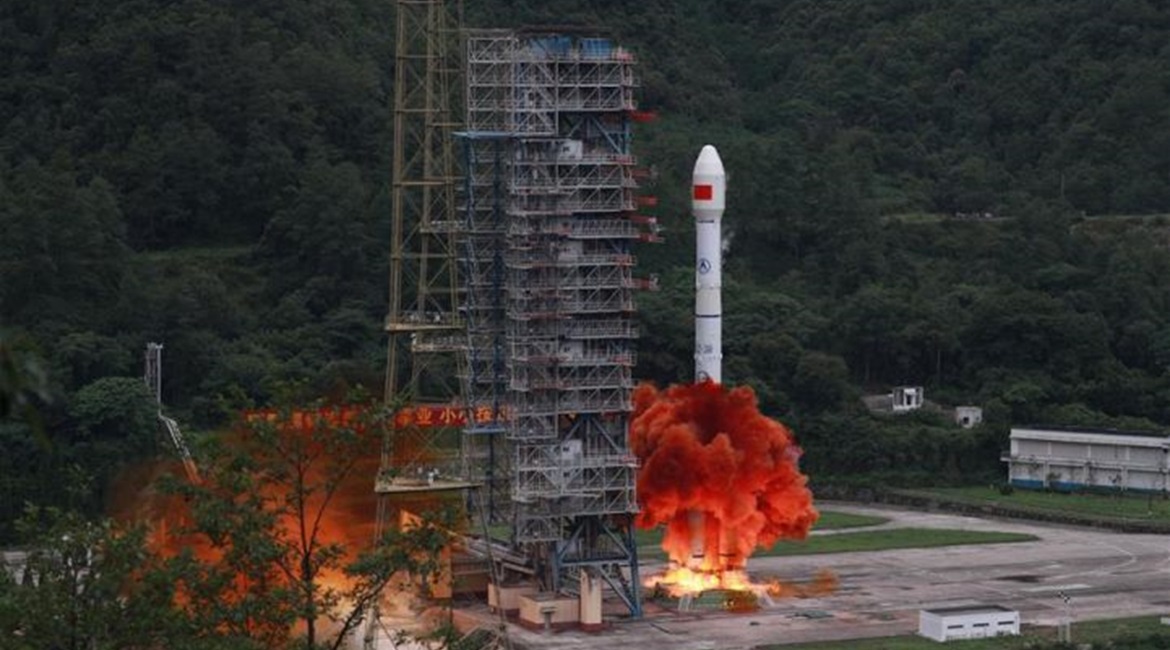
The final satellite required to complete global coverage of China’s BeiDou satellite navigation system was launched on 23 June from the Xichang Satellite Launch Centre aboard a Long March 3B three-stage carrier rocket, achieving its intended orbit.
The successful launch will have been greeted with considerable relief by the mission team, as the previous launch of a Long March 3B on 10 April had ended in failure due to a malfunction of the rocket’s third stage. Moreover, the first launch of the Long March 7A, which has some commonality with the Long March 3B in its third stage, had also malfunctioned after launch on 16 March.

The final satellite required to complete global coverage of China’s BeiDou satellite navigation system was successfully launched from the Xichang Satellite Launch Centre onboard a Long March 3B three-stage carrier rocket on 23 June. (Xinhua/news.cn)
The state-owned Global Times newspaper reported on 16 June that the launch date for the final BeiDou satellite had been postponed for an indefinite period due to unspecified technical reasons, but the event was actually only delayed by one week.
The BeiDou navigation system (BDS) has evolved through three stages. BDS-1 comprised three satellites and provided a limited service, commencing in 2000, primarily within China. BDS-2 became operational in late 2011 and provided coverage in the Asia-Pacific region.
The first of the satellites for the BDS-3 constellation was launched in March 2015, with full global position, navigation, and timing (PNT) functionality being provided by 30 satellites: 24 in medium-Earth orbit, three in geo-stationary orbit, and three in inclined geo-synchronous orbit. The final satellite will operate in a geo-stationary orbit.
Looking to read the full article?
Gain unlimited access to Janes news and more...




